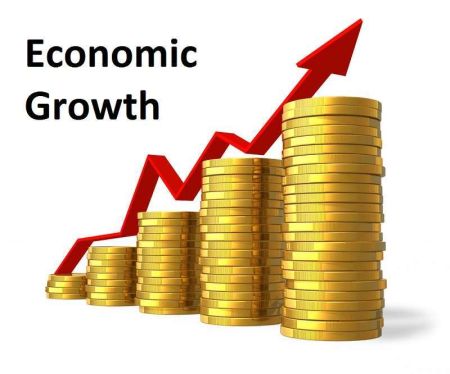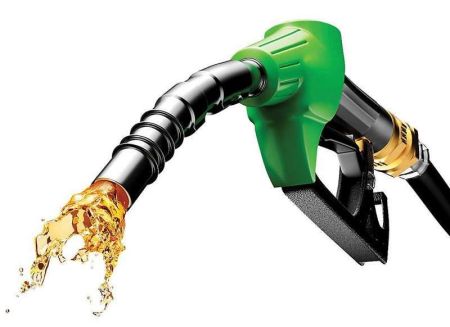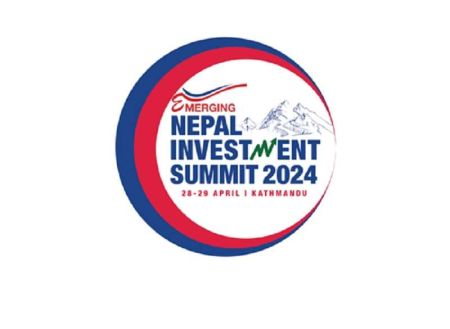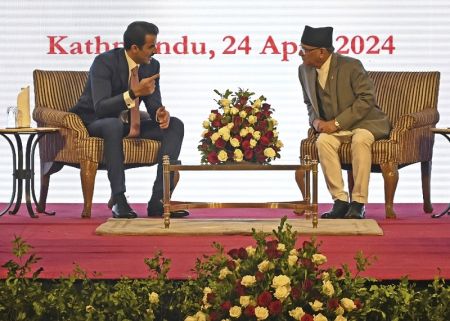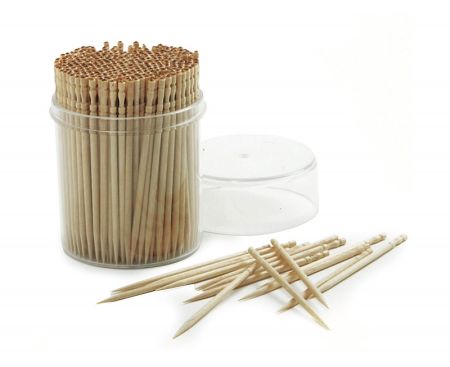March 20: At a time when the government is claiming that the economic activities are gradually improving, the country's import-export figures have also remained positive. According to the data published by the Department of Customs on Tuesday, both imports and exports reached the highest level in a one-month period from mid-February to mid-March compared to the last five months.
According to the Department of Customs, the country imported goods worth Rs 132 billion while the monetary value of exported items stood at Rs 13.78 billion in mid-February to mid-March.
The country’s exports were highest in the review month after mid-September to mid-October when goods worth Rs 14.42 billion were exported and goods worth Rs 148 billion imported into Nepal.
Since then, the imports and exports declined until mid-January and started to increase again. As compared to a one-month period of mid-January to mid-February, imports increased by Rs 2.5 billion in mid-February to mid-March, and exports also increased by the same amount.
Last year, the government had imposed a ban on the import of some luxurious goods due to the decline in foreign exchange reserves. Nepal Rastra Bank also discouraged imports through tight monetary policy.
With the improvement in foreign exchange reserves, the government lifted the import ban. The central bank has also gradually eased the monetary policy. Similarly, due to more liquidity in the banking system, the banks’ interest rate is also declining. However, experts have been saying that there has been no significant improvement in foreign trade due to the drop in demand in the market.
According to Nepal Rastra Bank, the total foreign exchange reserves equivalent to Rs 1539.36 billion in mid-July increased by 19.9 percent to Rs 1844.94 billion by mid-February.
Of the total foreign exchange reserves, reserves held by NRB increased 20.7 percent to Rs 1623.92 billion in mid-February 2024 from Rs 1345.78 billion in mid-July 2023. Reserves held by banks and financial institutions (except NRB) increased 14.2 percent to Rs 221.02 billion in mid-February 2024 from Rs 193.59 billion in mid-July 2023.
According to the NRB, based on the imports of seven months of 2023/24, the foreign exchange reserves of the banking sector is sufficient to cover the prospective merchandise imports of 14.7 months, and merchandise and services imports of 12.3 months.
According to the Department of Customs, both import and export have decreased as of mid-March of the current year compared to last year. In the 8 months of the last fiscal year, goods worth Rs 1058 billion were imported, which decreased by 2.66 percent to Rs 1030 billion during the same period of the current fiscal year.
Similarly, the department has informed that goods worth Rs 104 billion were exported from Nepal as of mid-March of last year, while goods worth only Rs 100 billion were exported in the corresponding period of the current iscal year.
In the eight months of the current fiscal year, there has been an increase in the import of petroleum products and electric vehicles. However, there has been a decline in the import of raw materials of palm oil, soybean oil and sunflower oil, which had been contributing a high share in exports.
Meanwhile, carpets and rugs have topped the list of export items as of mid-March of the current fiscal year. Iron and iron, palm oil are also in the list of most exported items.
There has been relief in the country's trade deficit with the decrease in imports. According to the data of the department, the country’s trade deficit which was Rs 953.58 billion as of mid-March last year, dropped to Rs 929 billion in the same period this year.
As of mid-March of the current fiscal year, the government has collected Rs 270.78 billion as customs duty. In the same period last year, the government had collected only Rs 242.72 billion from customs revenue.










